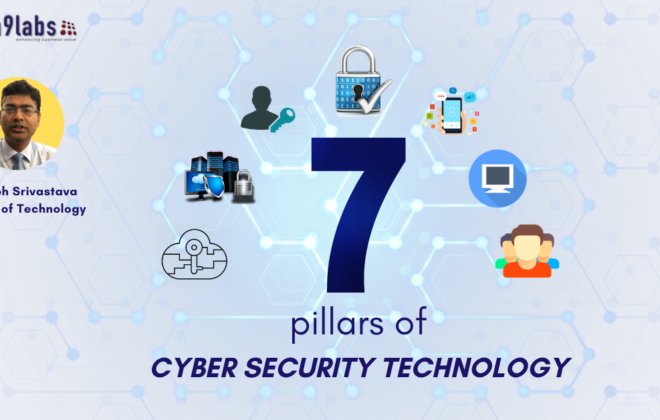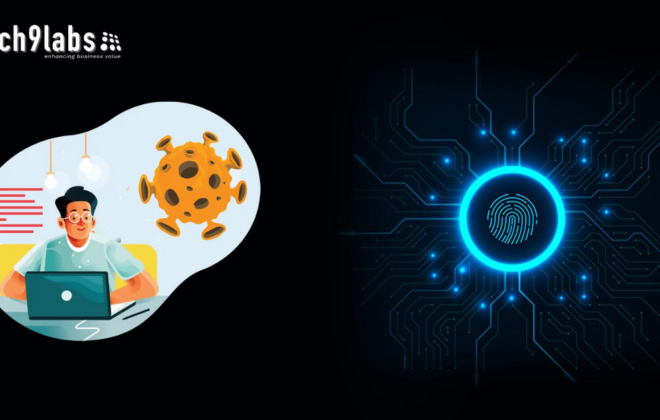How Blockchain is Transforming Financial Industry
A blockchain is a digital ledger that provides a single, tamperproof version of the truth. The technology offers unique advantages in situations where trust is lacking between parties that need to securely capture, store, and share critical data.
BLOCKCHAIN is undoubtedly one of the most talked-about technologies in the financial services industry today. Blockchain Technology / Distributed Ledgers lead the trend of Gartner Inc.’s Hype Cycle for Emerging Technologies, which allows organizations to connect with new business and payment ecosystems. The shift from a centralized technical infrastructure to distributed, ecosystem-enabling platforms is laying the foundations for new business models in payments, digital banking, and financial transaction technologies.
Breaking Down Blockchain’s Benefits:
Blockchain’s technical features provide four key advantages over traditional databases:
- Trust – Because the network validates every transaction, the blockchain holds a single version of the truth that all participants can trust.
- Security – Cryptographic signatures, automated verification, and decentralized storage make it virtually impossible for external parties to modify the ledger or delete data, thus securing it indefinitely. Although users can append data to a blockchain, they cannot otherwise alter the ledger.
- Automation – A blockchain ledger lets network participants set up a wide range of self-executing agreements, contracts, and escrows (known as smart contracts), thereby automating repetitive processes such as billing and shipping. A blockchain can execute any contract triggered by measurable conditions—for example, equipment performance or on-time delivery of goods.
- Resilience – Because the database is distributed across multiple locations in the network, the blockchain can continue to operate even if part of the network fails. And if a party leaves a network, none of the data it has posted on the blockchain will be lost.
Use Case in Know Your Customer- ‘KYC’
The increasing cost of regulatory compliance is among every banker’s top concerns, having to comply with regulations such as Anti-Money Laundering (AML) and Know Your Customer (KYC).
Every bank and financial institution have to perform the KYC process individually, and upload the validated information and documents to the central registry that stores digitized data tagged to a unique identification number for each customer. By using this reference number, banks can access the stored data to perform due diligence whenever customers request for a new service within the same banking relationship, or from another bank.
A blockchain-based registry would remove the duplication of effort in carrying out KYC checks. The ledger would also enable encrypted updates to client details to be distributed to all banks in near real-time. The KYC ledger would provide a historical record of all documents shared and compliance activities undertaken for each client. This will form the evidence to be provided to the regulators. It would be useful to identify entities attempting to create fraudulent histories. The data within it could be analysed to spot irregularities or foul play – directly targeting criminal activity.
SWIFT launched the SWIFT KYC Registry a few years back, and more than hundreds of banks have already enrolled with it. Banks are struggling to manage and integrate all the data required for KYC compliance to obtain a consolidated view of the customer, which explains the popularity of central registries like the one managed by SWIFT. SWIFT is now exploring the use of Blockchain for the same.
Use Case in Digital lending
Blockchain networks build a robust system of member identification. For example, a single borrower can create a digital ID that contains all their information in one place. This includes information about their mortgage history, outstanding balances, credit score, and income, etc. When applying for a home mortgage from different banks, this unique ID can be used at multiple lenders and even for cross-checking with credit agencies and employment verification.
In a digital world, where lending and borrowing happens on the blockchain, time and resource-taxing business rules and processes are taken care of by algorithms. Reconciliation no longer exists, because the data is authentic and the need for trust is virtually wiped out. The security is no longer in question, as key facts and changes are transparent and this creates a lot of transparency for the lenders. They can find out the transaction history for an applicant from the initial submission to actual fulfilment of the loan.
Underwriting activities can be automated, leveraging financial details stored on the distributed ledger.
KYC requirements can also be automatically enforced in real-time. Blockchain can provide a global cost reduction opportunity within the process execution and settlement sub-processes of syndicated loans. Land records can be Blockchain can enable zero human touch lending and monitoring capability in the financial organisations.
Blockchain has the potential of revamping of record keeping digitizing and speeding up collateral assessment and fraud analytics. Due to low physical presence and it’s business model, it’s difficult for Fintech companies to match the physical setup of Banks and big NBFC’s. This technology has further potential of solving the issue of land title search and it’s ownership details which can further enable fintech companies to broaden up it’s loan disbursement to the big ticket and in property mortgages area.
By taking a systematic approach, companies can manage through the uncertainty surrounding Blockchain/distributed ledger technology—and achieve a strategic advantage by adopting ahead of its peers and competitors.









